International Women’s Day has new currency in the Trump era. In 2017, the so-called third-wave feminist movement has seen pussy hats going down runways in New York and people of both genders marching in their millions to promote women’s rights.
But IWD’s roots run much deeper and much broader than any one cause or any one country. Roots took hold more than 100 years ago.
It was 1910, and the era of protest had begun.
Industrialisation had seen record numbers of women make the leap the paid workforce, where they were met with segregated jobs, woeful working conditions and even worse pay.
So far, only three countries had granted women the right to vote in federal elections – New Zealand, Finland and Australia (presuming they weren’t Indigenous, that is) – and only Finland had any female representatives sitting in its parliament.
But from these ripples grew a wave that began to wash across the western world. A push for gender equality that in 1908 had seen more than 15,000 female garment workers strike in New York, which in turn inspired a dedicated day for US women’s causes in 1909.
Modern women doing kickass things of kickassery. This mum is amazing. (Podcast continues after video.)
Riding this wave were the 100-plus representatives attending the 1910 International Socialist Women’s Conference, who pledged at their meeting in Cophenhagen to establish a worldwide equivalent, a day devoted to honouring the push for equal rights and universal suffrage.
The following year one million men and women rallied in Austria, Denmark, Germany and Switzerland to mark “International Women’s Day”. A movement was born.

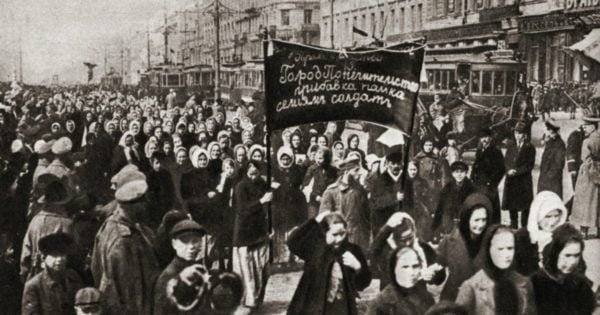
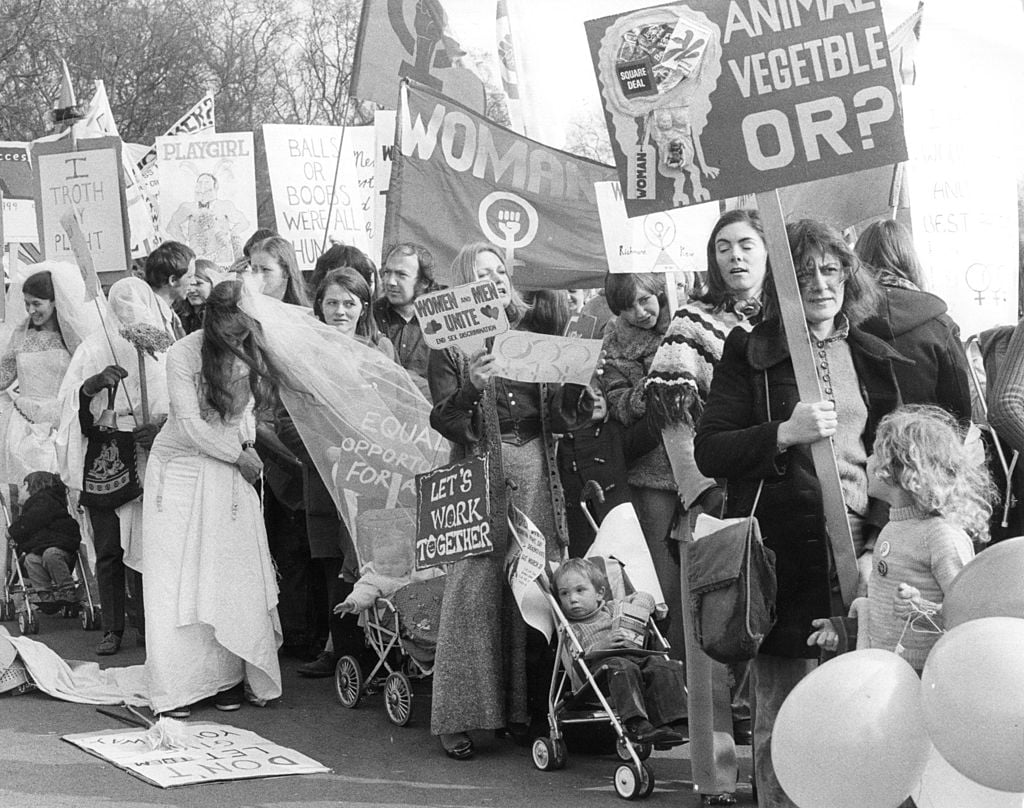
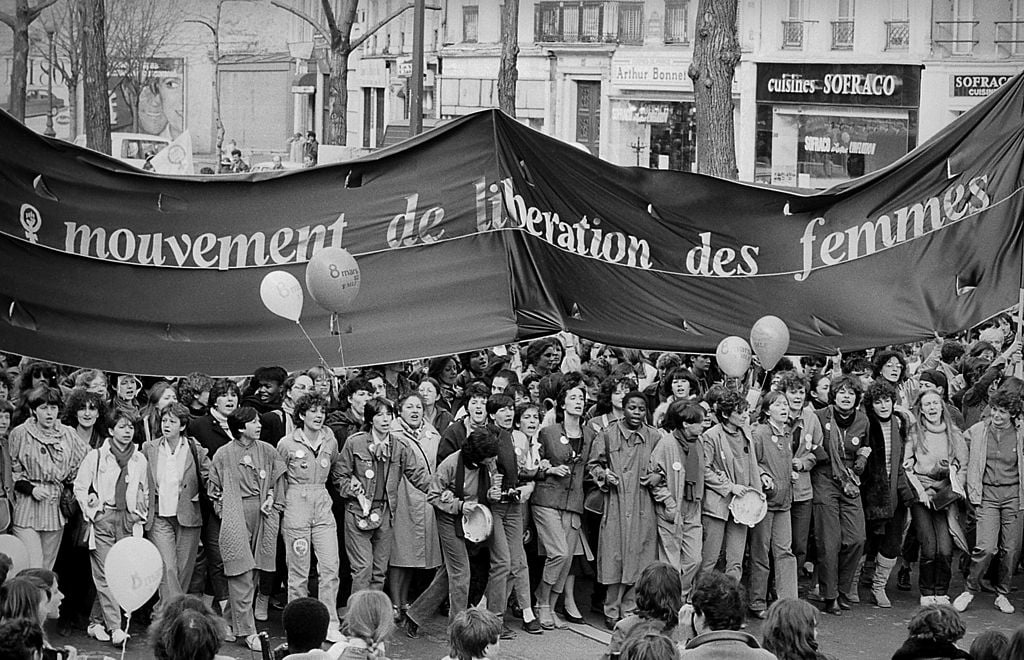

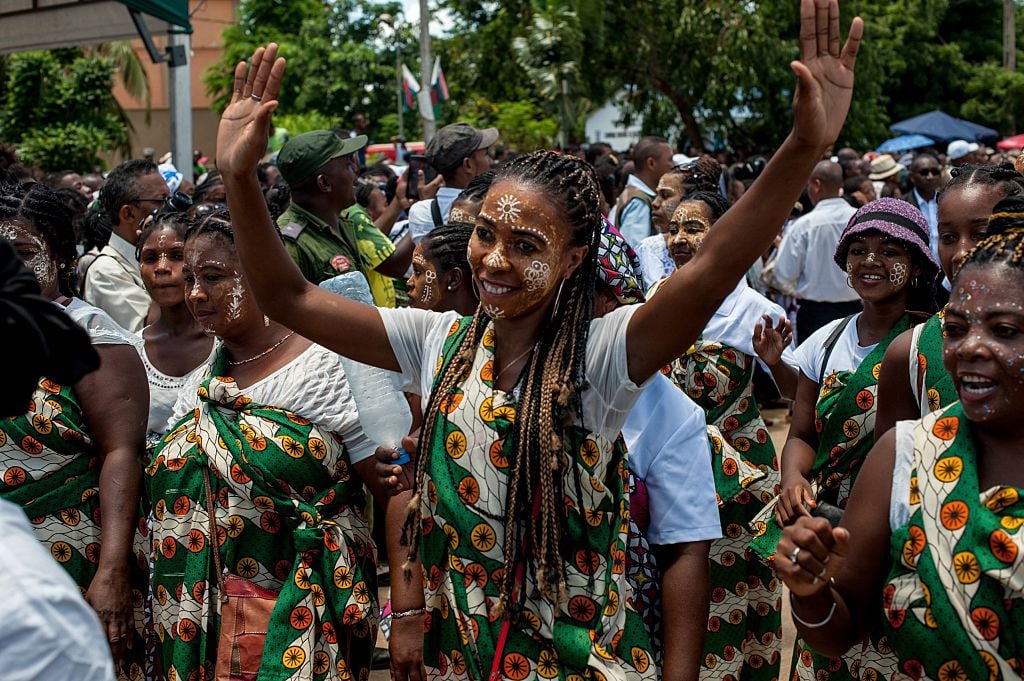
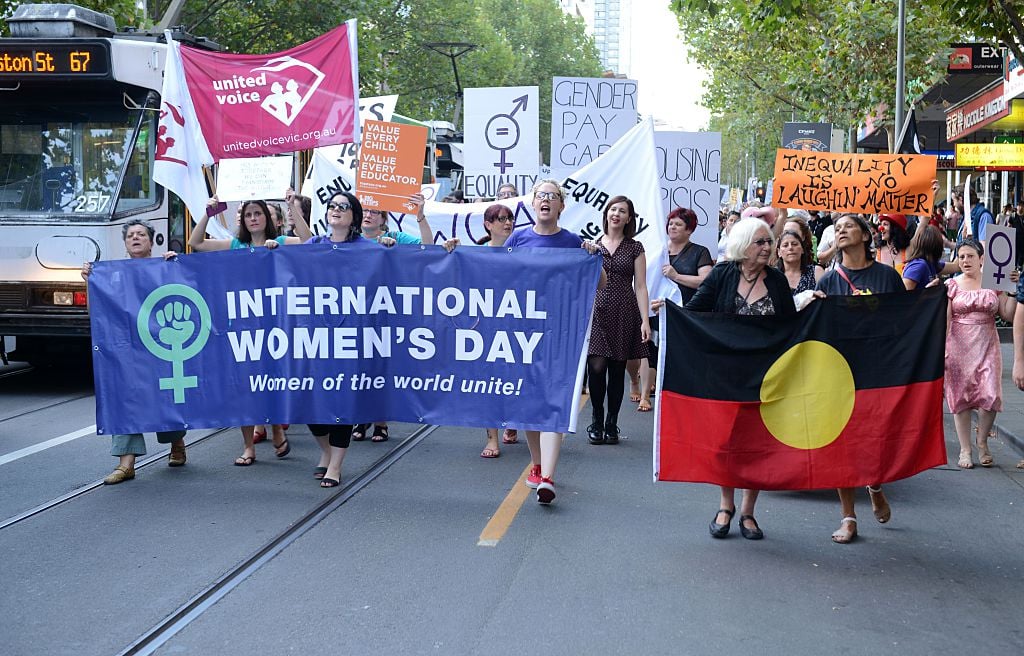
Top Comments
What a shame that countries such as Sweden, Denmark and Norway are now excusing the rape and sexual assault of their young female citizens.